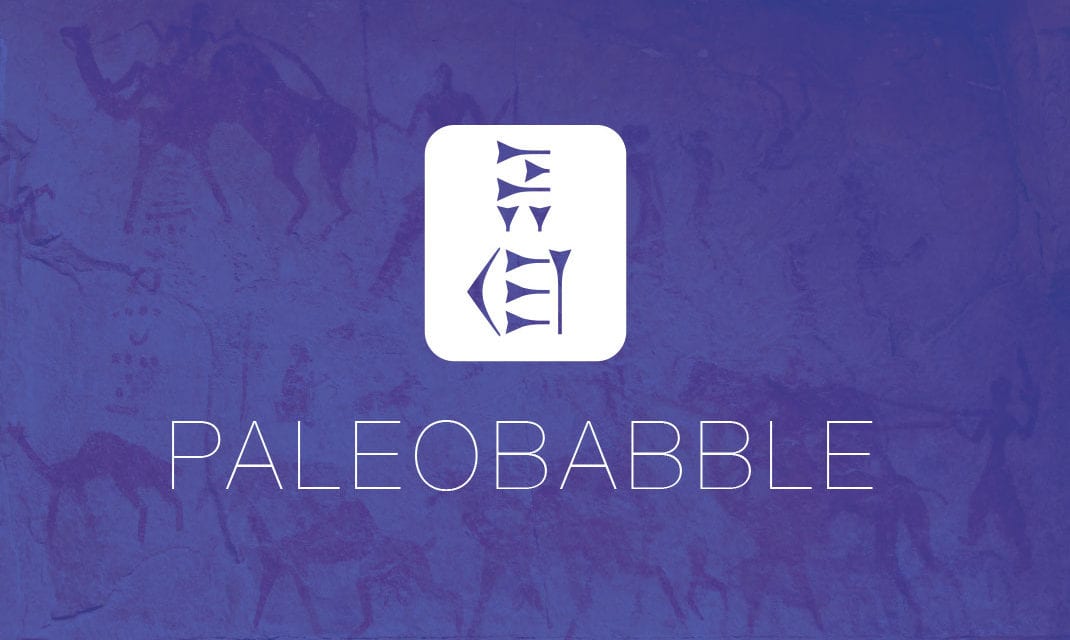Dr. Jim Davila over at PaleoJudaica as this post this morning on the codices. The post features a short, to-the-point, evidence-based analysis by professor Peter Thonemann, of some of the pages of the codices, noting inconsistencies in the story and, more importantly, how the textual contents were copied from a known source in a Jordanian museum!
There are some nice high-resolution photos at the link as well.
How was the professor able to establish fakery so quickly? Simple. Once texts like this are released (that is the key — letting experts see them), it is a simple matter to do what professor Thonemann did: transcribe them and then look up the words in concordances (digital or otherwise). In this case, there were a number of known words (specific forms) and they all happened to occur in the same text(s) — in order (!) once those source texts are checked. This required experimenting a bit with the alpha and lambda letters since they are similar in form (and that was bungled by the forger). Once at this point, you know you have LINES from known texts. The next step is to find where those texts were published through a simple database source. Publications usually note the provenance of a text (where it was found) and where it is now held, in the case of a manuscript or archaeological artifact. Voila!
For any ancient astronaut theorists or cult archaeologists out there — this is *precisely* why the people you blindly follow do *not* submit their work to peer review. It is too easy to be exposed by real experts.It is also precisely why I continually ask people who promote such nonsense, “show me the texts — the specific lines cited.” That demand is never met, which hardly surprises me. When selling snake oil, you don’t hand the recipe to a chemist.
Now, a prediction. None of this will make any difference to “researchers” who want to press some point of nonsense to peddle the paleobabble that makes them money and gives them a following.






Well, it looks like a hoax. Too bad. But what do you mean by “This required experimenting a bit with the alpha and lambda letters since they are similar in form”. Aren’t alpha and lambda Greek letters?
@ MSH good work, davila used the same technique you use with debunking sitchin; he compare the texts.. there is too many arguments you showed suggesting its an hoax..its an hoax.
I am looking now at Tartura amulets or tablets reputed to be 5-6000 years . Some attempts
were made to decypher the tablets linking the symbols to ancient sumerien, but because i have no knowledge other than english and french, i await the experts again on its translation
Authencity (agreed its authentic)
http://www.prehistory.it/ftp/tartaria_tablets/tartaria_tablets_04.htm
Translation ( look like an hoax but I am not expert on ancient languages)
http://www.magtudin.org/Homeland%208.htm
What do you think?
the worst translation ( I think ) is on youtube,
http://www.youtube.com/watch?v=D_UD-Dm1ge8
this is off topic but however interesting..
Cucuteni civilization
http://www.youtube.com/watch?v=5YxtCvnQAyA&NR=1&feature=fvwp
Thank you for keeping us informed. Blessings in Christ.
man what a bummer. It was exciting while it lasted, let’s hope more people realize it was a fake!
oh, it’ll get pumped for a while yet … and then brought back out when everyone has forgotten about it.
sorry, but does not the linked article (referencing Thonemann) state the examination was made merely of 3 (three) photographs only? Can not another view be that the text in said photos (and only those photos) shows evidence of “tampering”? If the text was added during the last 50 years, have the lead materials been reliably dated themselves? If the materials are far older than the added text, does this not open another mystery? In other words, is it not quite premature to lean…to an assessment of hoax?
So many questions yet to be answered…
you’re missing the point — the texts are forged from known texts (in Jordan no less).
Is this something new or is from these codices
http://www.jpost.com/Headlines/Article.aspx?id=215062
Speaking to the “quickness” of Thonemann, I wonder if the Greek phrase in question pops up in the Thesaurus Linguae Graecae (TLG) database. If so, it would’ve been a few seconds of search, but I don’t have access to it, so I can’t know for sure. Anyone else know if it is in the TLG?